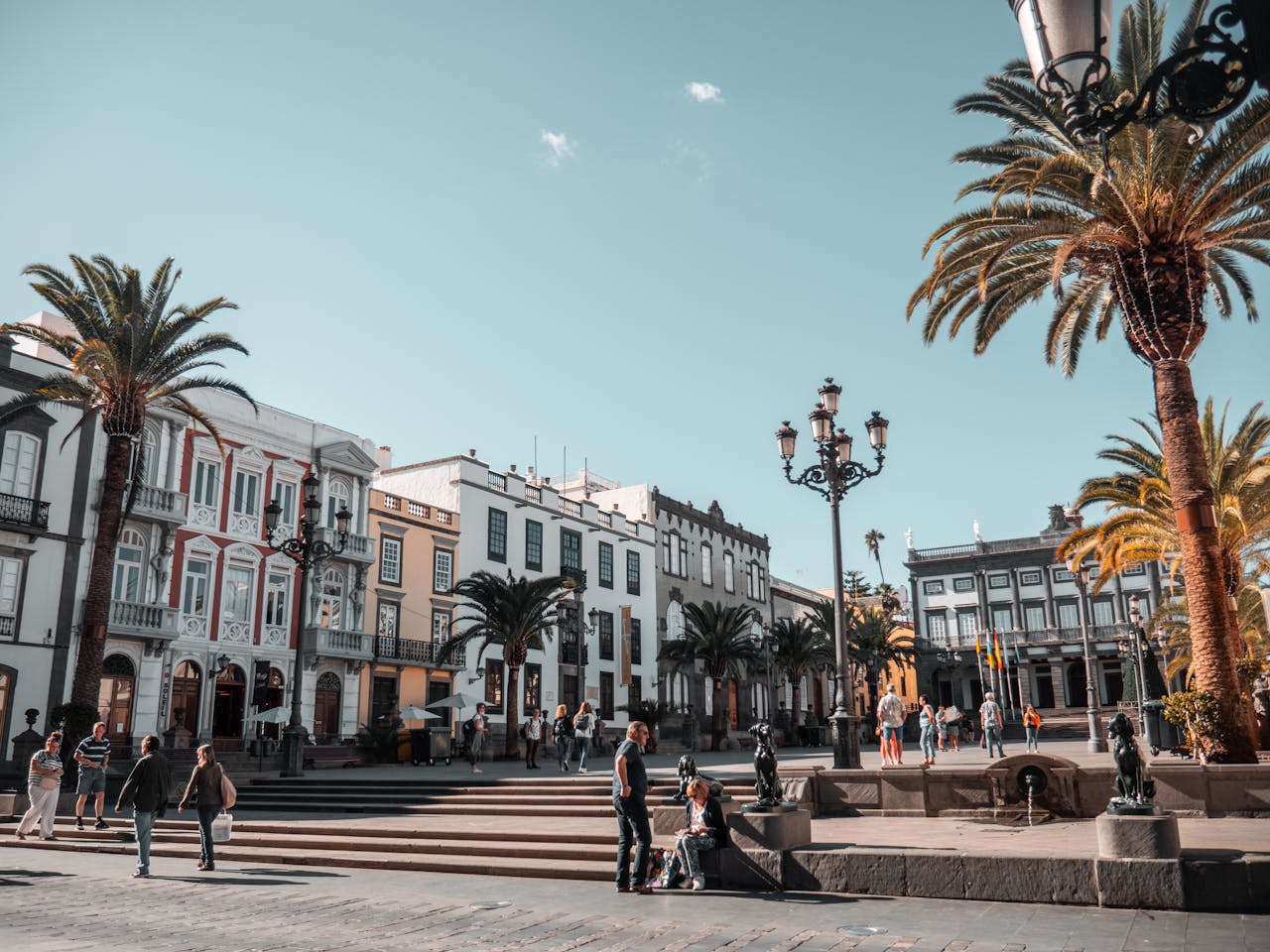Australia has long been a favored destination for skilled migrants, students, and investors. In recent years, the government has made significant changes to its migration program to encourage population growth and economic development in regional areas. Among the most impactful changes are the new regional visa pathways introduced to attract skilled professionals to areas outside of the major metropolitan centers like Sydney, Melbourne, and Brisbane.
This article offers a detailed, human-written breakdown of Australia’s new regional visa pathways, including eligibility requirements, application steps, benefits, and realistic processing times in 2025. If you’re considering migration to Australia and want to explore alternatives to the competitive permanent skilled migration routes, the new regional options might be exactly what you need.
Table of Contents
- Introduction to Australia’s Regional Migration Strategy
- What Are Regional Areas in Australia?
- Overview of New Regional Visa Pathways
- Subclass 491: Skilled Work Regional (Provisional) Visa
- Subclass 494: Employer Sponsored Regional (Provisional) Visa
- Pathway to Permanent Residency: Subclass 191
- Requirements and Eligibility Criteria
- Benefits of Regional Migration Visas
- Processing Times and Considerations
- Official Resources and Support
1. Introduction to Australia’s Regional Migration Strategy
In 2019, the Australian government introduced a new regional migration initiative aimed at easing pressure on capital cities and distributing skilled migrants across lesser-populated regions. This initiative has evolved post-pandemic, with enhanced incentives, increased allocations for regional visas, and greater pathways to permanent residency.
As of 2025, the government continues to prioritize skilled migration to regional areas through targeted policies, state nomination schemes, and employer sponsorship programs.
2. What Are Regional Areas in Australia?
For migration purposes, regional Australia excludes:
- Sydney
- Melbourne
- Brisbane
This means cities like Adelaide, Perth, Hobart, Darwin, Canberra, and many regional centers across New South Wales, Victoria, and Queensland qualify as regional for visa purposes.
Regional classifications impact eligibility for specific visa subclasses and access to migration benefits such as additional points, faster processing, and special occupation lists.
3. Overview of New Regional Visa Pathways
The three main visa pathways under the regional migration framework are:
- Subclass 491: Skilled Work Regional (Provisional) Visa
- Subclass 494: Employer Sponsored Regional (Provisional) Visa
- Subclass 191: Permanent Residence (Skilled Regional) Visa
These visas are designed to attract skilled migrants to live and work in regional areas for a minimum period before transitioning to permanent residency.
4. Subclass 491: Skilled Work Regional (Provisional) Visa
Key Facts:
- 5-year provisional visa
- Points-tested
- Requires nomination by a state/territory government or family sponsorship
- Pathway to permanent residency via Subclass 191 after 3 years
Eligibility:
- Be under 45 years old at the time of invitation
- Have a positive skills assessment in an occupation on the 491 visa occupation list
- Score at least 65 points on the points test
- Demonstrate competent English
- Receive a nomination from a regional government or sponsorship from an eligible family member residing in a regional area
Application Process:
- Submit an Expression of Interest (EOI) through SkillSelect
- Apply for state nomination or confirm family sponsorship
- Receive invitation to apply
- Submit visa application with all required documentation
Benefits:
- Priority processing
- Access to Medicare
- Full work rights
- Additional points for regional nomination
5. Subclass 494: Employer Sponsored Regional (Provisional) Visa
Key Facts:
- 5-year provisional visa
- Employer-sponsored
- Requires a job offer in a regional area
- Pathway to Subclass 191 after 3 years
Eligibility:
- Be under 45 years of age
- Be nominated by an approved regional employer
- Have a skills assessment in the nominated occupation
- Have competent English
- Meet minimum work experience requirements (generally 3 years)
Occupation List:
- Must be on the 494 occupation list, which includes a wide range of skilled trades, healthcare, and technical roles
Application Process:
- Employer applies for SBS (Standard Business Sponsorship) if not already approved
- Submit nomination application for the role
- Submit personal visa application once nomination is approved
Benefits:
- Work rights in regional Australia
- Family included in visa
- Employer pathway to retain talent
6. Subclass 191: Permanent Residence (Skilled Regional) Visa
The Subclass 191 visa is a permanent residency pathway available to holders of the 491 and 494 visas who meet the following criteria:
- Have held the 491 or 494 visa for at least 3 years
- Have complied with visa conditions (live and work in a designated regional area)
- Have taxable income above a minimum threshold for 3 years (approx. AUD $53,900/year)
No separate nomination is required for Subclass 191.
7. Requirements and Eligibility Criteria
While specific requirements vary by visa, all regional pathways share some common eligibility benchmarks:
- Age: Must be under 45 at the time of invitation (unless exempt)
- Skills Assessment: Positive assessment from an approved assessing authority
- English Proficiency: IELTS 6.0 or equivalent (some exemptions apply)
- Health and Character Checks: Standard for all Australian visa applications
Additional requirements depend on the nomination route (state vs. employer) and occupation list alignment.
8. Benefits of Regional Migration Visas
Australia’s regional migration stream offers compelling benefits for migrants and their families:
- Faster processing: Priority allocation for regional applications
- Path to PR: Subclass 191 is a straightforward PR path
- Extra points: 15 points for regional nomination under 491
- Broad occupation lists: Regional lists are more inclusive than standard skilled occupation lists
- Lower competition: Less saturation compared to major city applications
- Access to public healthcare (Medicare)
- Inclusion of family members
Additionally, regional areas often have a lower cost of living and strong community support for newcomers.
9. Processing Times and Considerations
As of early 2025, indicative processing times for regional visa subclasses are as follows:
- Subclass 491: 5–9 months
- Subclass 494: 4–8 months
- Subclass 191: 3–6 months (after eligibility window)
Note: Times may vary depending on individual circumstances, application completeness, and occupation demand. The Department of Home Affairs prioritizes regional migration streams under current policy.
10. Official Resources and Support
- Australian Government Department of Home Affairs: https://immi.homeaffairs.gov.au/
- SkillSelect Portal: https://www.homeaffairs.gov.au/SkillSelect
- State Nomination Sites:
- South Australia: https://migration.sa.gov.au/
- Western Australia: https://migration.wa.gov.au/
- Tasmania: https://www.migration.tas.gov.au/
Migrants are encouraged to use registered migration agents or seek support from state-specific business and skilled migration offices when navigating the application process.
Australia’s new regional visa pathways offer skilled migrants more accessible, efficient, and long-term opportunities to settle in a welcoming and economically diverse environment. With expanded occupation lists, flexible work options, and a clear pathway to permanent residency, the regional route is increasingly attractive to individuals and families looking to build a future in Australia.
As competition grows for limited skilled visa places in metro areas, the regional migration strategy represents both a policy shift and a practical opportunity for forward-thinking migrants. If you meet the criteria and are willing to explore life outside the big cities, regional Australia may offer not just a visa — but a future.


